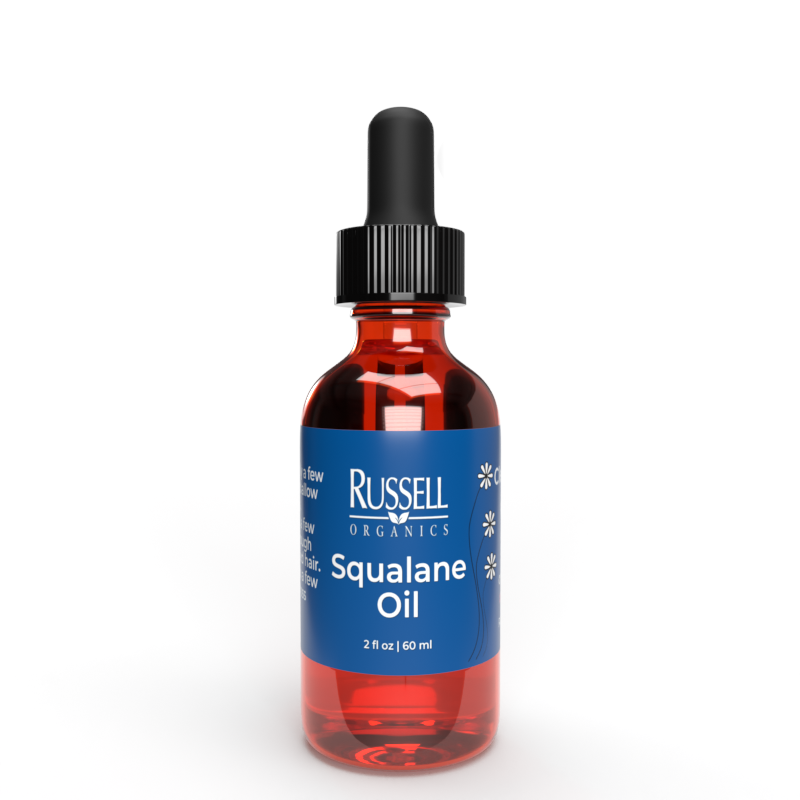
Squalane oil has secured a prominent place in the skincare market, admired for its ability to nourish, protect, and renew the skin. Derived from squalene, a lipid naturally produced in human skin cells, squalane oil is a refined version of squalene, offering a longer shelf life. However, not all squalane oil is of the same quality. Its origin plays a crucial role in determining its sustainability and effect on the planet.
Where Squalane Oil Comes From
Squalane oil can be sourced from a pair of key sources: sourced from animals and vegetable-sourced materials. The decision between these options carries significant ethical implications.
Squalane Oil from Animal Sources
Traditionally, squalane oil was commonly sourced from the livers of sharks. Sharks are an abundant natural source of squalene, which is converted into squalane oil. Sadly, this practice has serious ethical issues. Millions of sharks are killed every year for their livers, contributing to the depletion of shark populations and disrupting marine ecosystems. Furthermore, the practices used are unsustainable and raise global concerns.
The Rise of Plant-Based Squalane Oil
In contrast, botanical-based squalane oil is a more responsible and eco-friendly alternative. It is extracted from plants, removing dependency on animal slaughter. This method ensures humane sourcing but also delivers a safe and effective product for skincare applications.
Understanding Botanical Squalane Oil Sources
Among vegetable-sourced squalane oils, a pair of types stand out: squalane oil from olives and squalane oil from sugarcane. While these two offer plant-based choices, their environmental impact differs significantly.
Olive Squalane: A Superior Choice
Olive-derived squalane oil is considered better for environmental purposes. Olives are a plentiful resource that are minimally wasteful. Additionally, olive squalane oil retains comparable hydrating and skin-rejuvenating properties as squalane oil from sugarcane.
Why Sugarcane Squalane Oil Falls Short
On the other hand, sugarcane-derived squalane oil is associated with substantial environmental challenges. Sugarcane production consumes large quantities of water and often results in pollution. Thus, it is environmentally taxing than squalane oil from olives.
Why Squalane Oil is Good for Your Skin
Squalane oil offers countless advantages for varied complexions. Here’s why it stands out in skincare:
Intense Moisture: Squalane oil penetrates efficiently into the skin, delivering effective hydration without leaving a greasy residue.
Perfect for Combination Skin: Its lightweight texture makes it a great choice for even the oiliest skin.
Anti-Aging Properties: Rich in antioxidants, squalane oil reduces the appearance of wrinkles and fine lines while protecting against free radicals.
Calming for Irritated Skin: Its natural formulation soothes sensitivity, rendering it perfect for delicate how many drops of squalane oil skin.
Why Squalane Oil Deserves a Spot in Your Routine
Whether you have oily, normal skin, squalane oil offers remarkable advantages. By choosing botanical options, most notably olive-derived squalane oil, you embrace eco-consciousness but also give your complexion a superior products available.